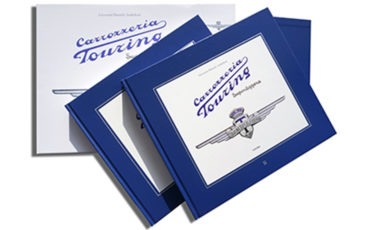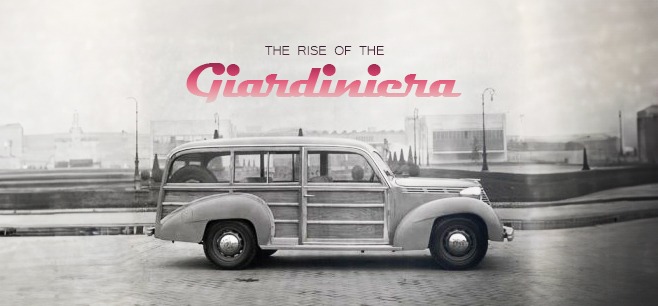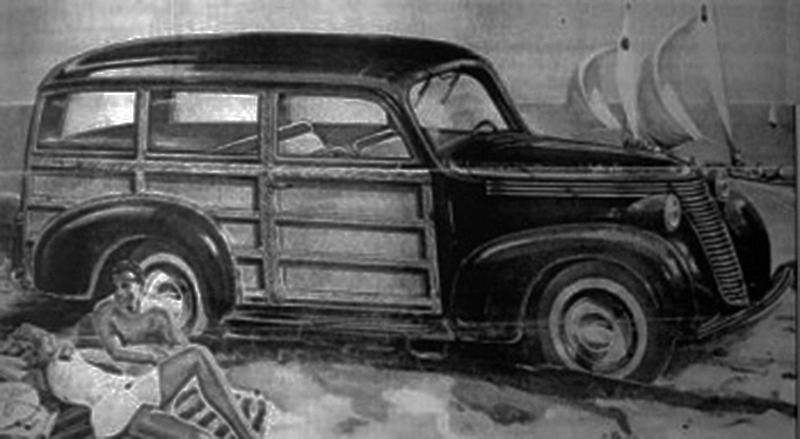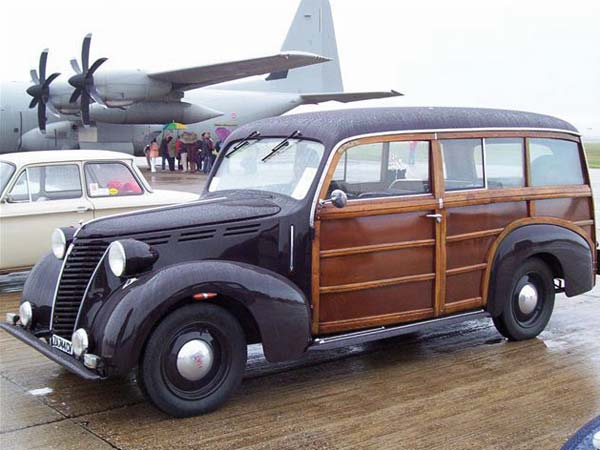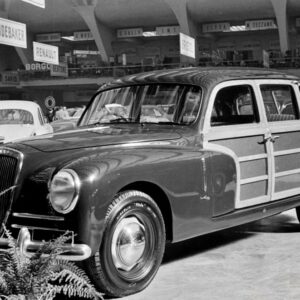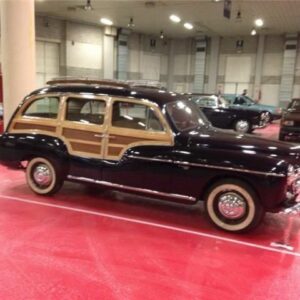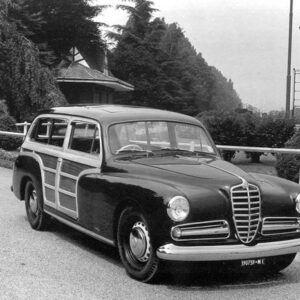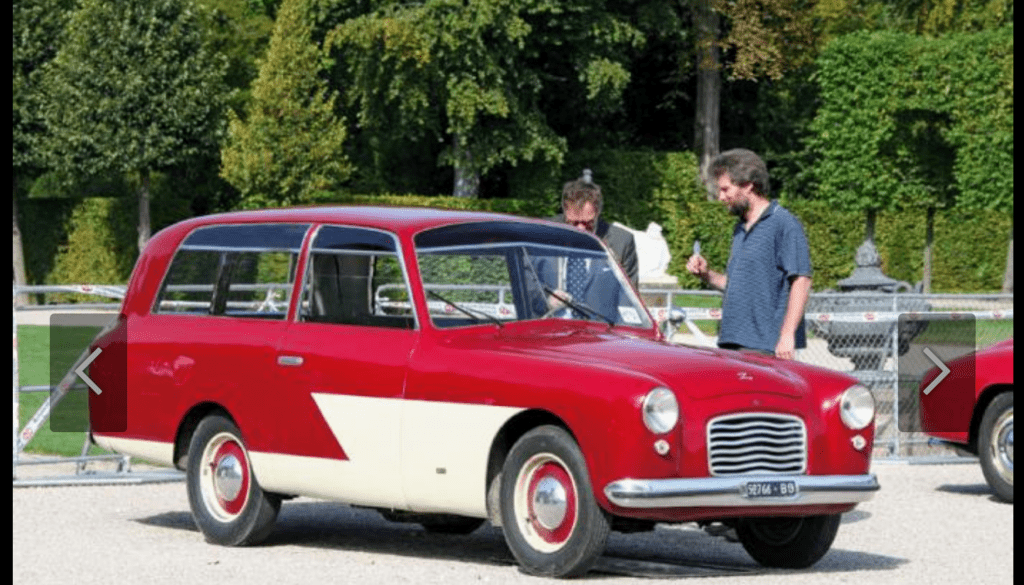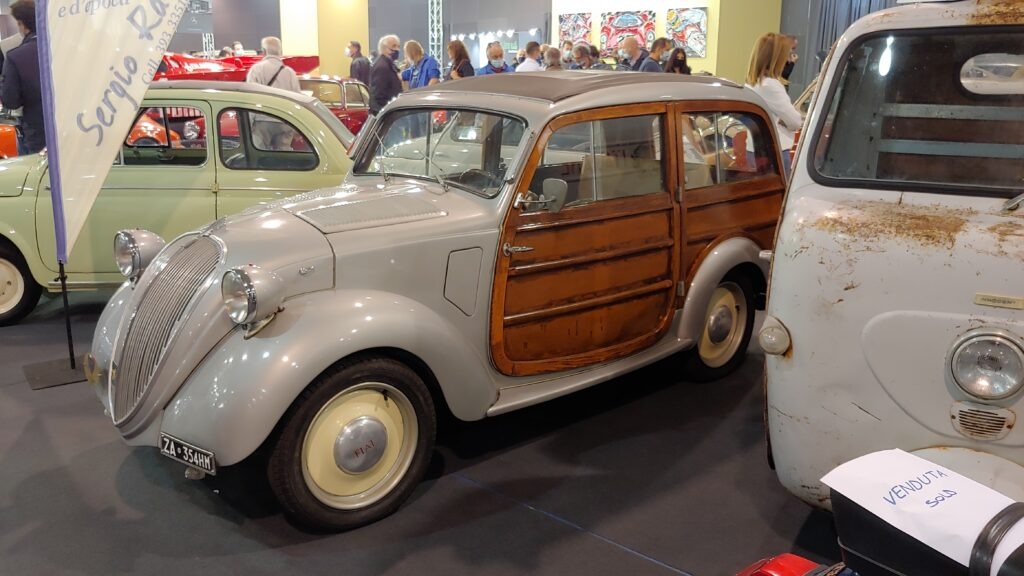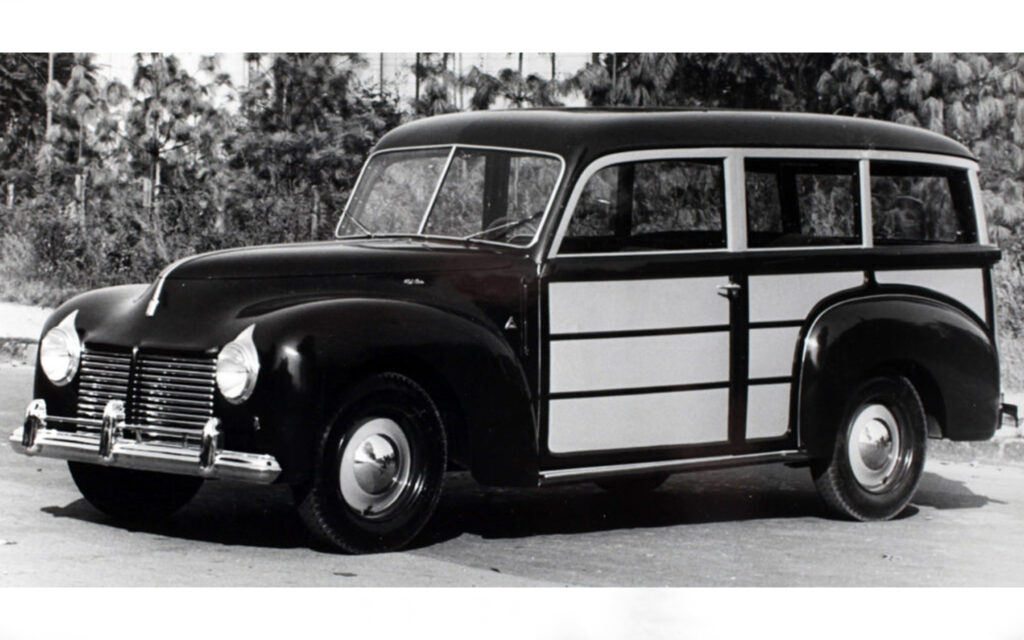
Italian automotive design has always combined history and innovation. Internationally renowned for its aesthetics, performance, and precision, Italian automotive design has transcended transportation. This lifestyle, goal, and artistry history have been cherished for decades. Ferrari, Lamborghini, and Maserati have represented Italian art and automotive engineering at their best.
Young, imaginative minds must lead evolution in this age of rapid technological advancement and shifting global interests toward sustainability. Students and rising designers must reimagine this rich history for the future. They aim to preserve Italian design’s character and elegance while using cutting-edge technology and sustainability. It’s about leading the way toward a future where beauty, performance, and sustainability are seamlessly blended, not merely staying relevant in a changing market.
The Legacy of Italian Car Design
Luxury, speed, and precision engineering have defined Italian automotive design for decades. A heritage of exquisite craftsmanship and innate style has made vehicles from this region coveted emblems of luxury and performance. Generations of designers and engineers have combined art and science to create automobile marvels, leaving a rich tradition. Italian automotive design concepts must change with the world.
Industry tradition, innovation, and sustainability must be harmonized. This heritage must be updated for the 21st century. The challenge is to rethink materials, integrate new technologies, and combine ecological practices with Italian automobiles’ aesthetics and driving enjoyment. As with any purchase, careful diligence is needed to assure quality and longevity. For instance, students can check real reviews written by John Milovich to assess the credibility and efficacy of an eco-friendly car or other service. The comprehensive rethinking of cars’ role in our lives and their environmental impact emphasizes the significance of making educated decisions based on credible information.
The Role of Academia in Shaping Future Designers
Italian universities and design schools are instrumental in this transformation, training the next generation of automobile designers. These schools are renowned for their challenging technical and creative curriculum. Their function is much more critical now. They pioneer sustainability and technological innovation in their curricula, educating students about the automobile industry’s issues.
This education promotes creativity, environmental responsibility, and knowledge. Additionally, these academic institutions’ automobile industry relationships are crucial. They connect theoretical learning to practical application by letting students work on real-world problems. This collaboration between school and industry is developing a new generation of designers with the tools and vision to reinvent Italian automotive design. For students facing challenges in keeping up with the demanding curriculum, questions like “Is unemployedprofessors.com good?” could offer the necessary support to navigate academic difficulties effectively.
Sustainability: A Core Focus of Student Innovations
Sustainability is now a key consideration for car design, notably in Italy. The next generation of environmentally conscious designers is rethinking Italian automobile materials, production procedures, and energy sources. Their method covers the entire vehicle life cycle, from material procurement to recycling. Italy is incorporating sustainability into automotive design with biodegradable polymers, recyclable metals, and non-toxic paints.
Beyond materials, electrification is growing. Student-led projects are pioneering battery efficiency, charging infrastructure, and hybrid technologies to cut emissions and improve performance. For students facing challenges in documenting these innovative efforts, edubirdie.com rated in this review by writingpapersucks, can be a valuable resource. Sustainable innovation is changing the luxury automobile narrative by proving that excellent performance and environmental stewardship can coexist, enabling Italian automotive design to lead by example.
Technology Integration in Modern Car Design
Technology in automotive design is changing how we use cars, and student inventors are leading the way. Autonomous driving technology promises to increase safety, efficiency, and driving enjoyment. Italian design students are using AI and machine learning to develop more innovative, safer cars with Italian style. The digital user experience (UX) in automobiles is garnering unprecedented attention beyond autonomy.
The next generation of Italian cars will change how we view vehicle technology. These automobiles will have customizable interfaces that combine the driver’s digital lifestyle to make driving more accessible and more personalized. Entertainment, networking, and user interface improvements make the car a digital center.
As students delve into the complexities of these technological innovations, they might encounter challenges in understanding the intricate details. In such cases, Writepaperfor.me reviewed in this LinkedIn article, can be a resourceful aid for students seeking assistance with their academic endeavors. These technological innovations are developed for functionality and aesthetics to improve vehicle design. This seamless marriage of technology and design puts Italian cars at the forefront, lauded for their beauty, intelligence, and innovation.
As students delve into the complexities of these technological innovations, they might encounter challenges in understanding the intricate details. In such cases, Writepaperfor.me reviewed in this LinkedIn article, can be a resourceful aid for students seeking assistance with their academic endeavors. These technological innovations are developed for functionality and aesthetics to improve vehicle design. This seamless marriage of technology and design puts Italian cars at the forefront, lauded for their beauty, intelligence, and innovation.
The Future of Italian Car Design
Italian automotive design will combine its rich history with a forward-thinking outlook. Italian beauty and craft are honored, while sustainability and technological innovation are prioritized. A new generation of designers is reshaping Italian cars with their bold ideas and fresh insights. They envision automobiles that are beautiful, eco-friendly, and packed with cutting-edge technologies that improve driving.
Italy’s automobile industry needs this change to stay ahead in a fast-changing world. This breakthrough revolutionizes the automobile industry and keeps Italian car design at the forefront. Just as students seeking support with their academic tasks might turn to Writepaperfor.me reviews for guidance, the automobile sector must also seek innovative solutions and partnerships. As we look ahead, Italian automobile design is in excellent hands, set to maintain its reputation of excellence while forging a sustainable, technologically sophisticated trajectory.


